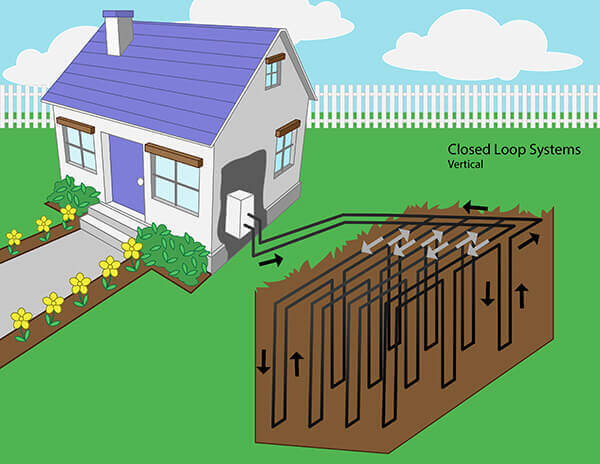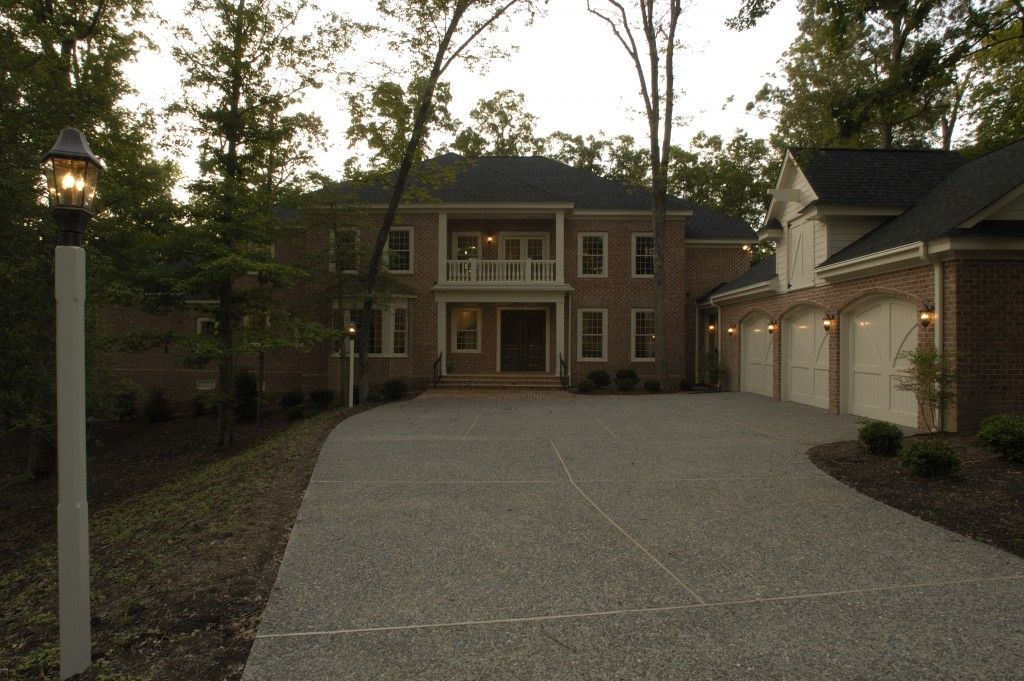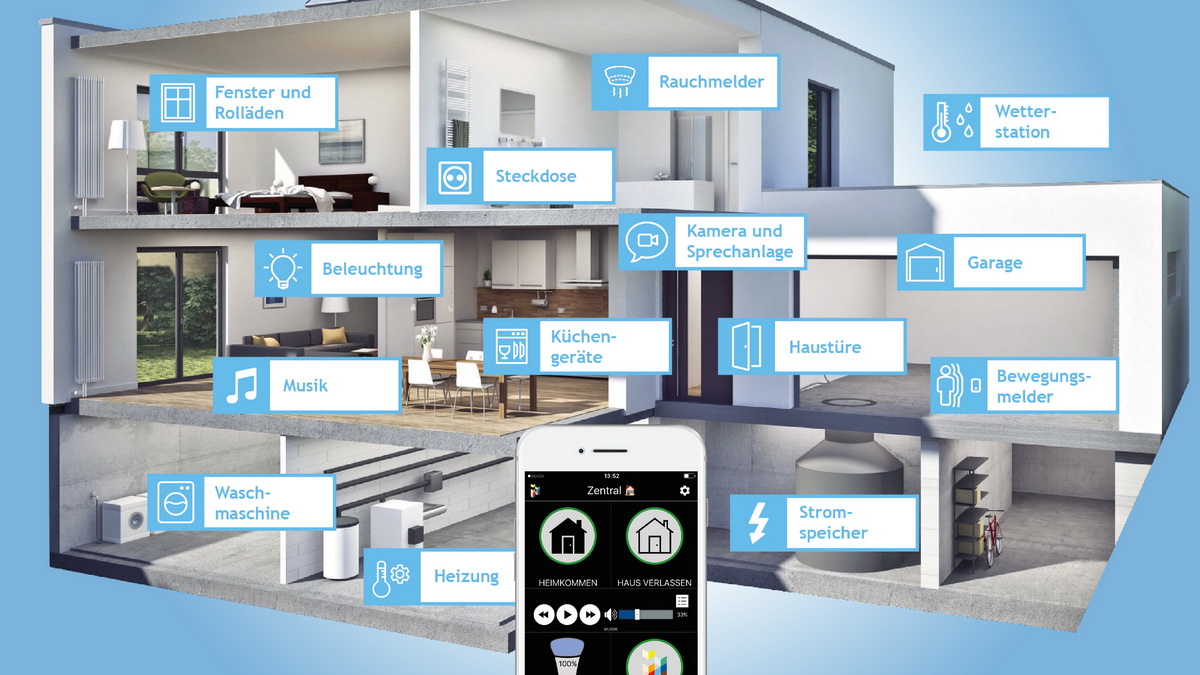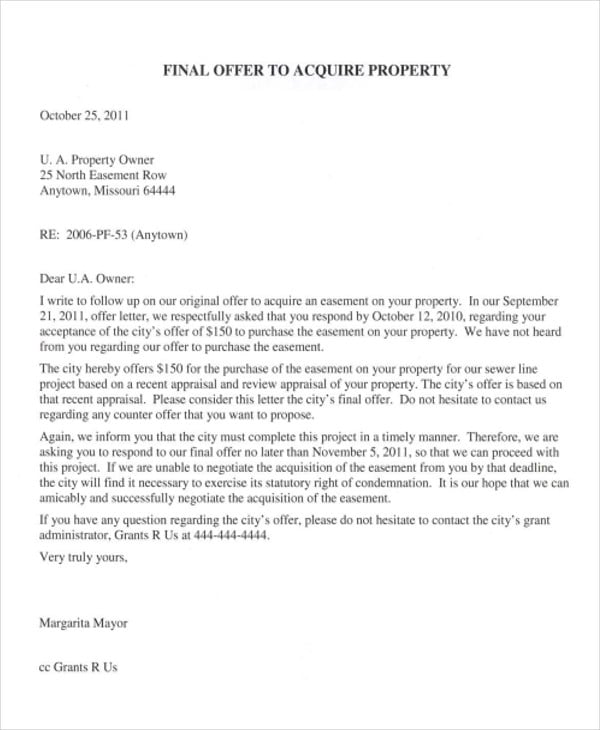Table of Content
Many quote US Department of Energy information that says, “An average geothermal heat pump system costs about $2,500-$3,000 per ton of capacity. Water-to-water distribution systems are generally more complicated and thus more expensive. Once the home has reached its desired temperature, the system will switch to the lower stage and continue to run. This fluctuation allows the home to efficiently maintain a steady, even temperature.
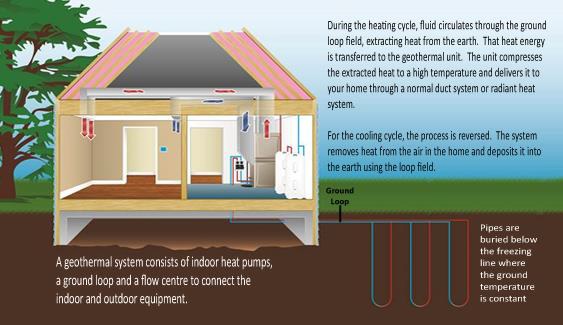
Once installed, a desuperheater takes advantage of any excess geothermal heat. The heat may not be free, but it is produced at a much lower cost compared to that of a standard electric water heater. When a geothermal system is being installed, electrical upgrades are sometimes required to achieve safe geothermal power for home use. Sometimes the upgrade can be quick and painless, while other times it can be as serious as rewiring an entire home to make sure it passes inspection after an installation.
Drilling Cost Factors
Expect to pay between $1,500 and $3,000 for a dual-stage compressor. A dual-stage compressor runs at low or high speeds depending on the need. It runs at low speed during more moderate times of the year, only going to high when needed. This makes the temperature consistent and lowers energy bills without hot and cold spots.
After the installation, geothermal helps homeowners aggressively cut costs on their heating, cooling, and water heating bills. There are a few different types of heat pumps, all with similar functions, but some are easier to DIY than others. Installing a geothermal heat pump is not typically a task that can be carried out by a homeowner. If the installation isn’t nearly flawless, the pump will not function successfully. This is why most homeowners turn to a professional when having a geothermal heat pump installed on their property.
Benefits of Choosing a Geothermal Heat Pump
An optional desuperheater tank preheats domestic hot water using either the excess heat extracted from the home in summer or some of the heat from the underground lines in winter. An underground loop field of liquid-filled piping absorbs natural ambient heat. Fluids inside the lines of shallow loop fields freeze in colder climates when not installed far enough below the soil’s frost line. Packaged units are the most common, easier to install, have all components and refrigerant circuit inside one factory assembled box, but require more space. Energy-efficient mortgage loans are also available to finance geothermal system installations. Compatibility – Geothermal systems often aren’t compatible with ductless HVAC mini-split systems and boilers.
This will help to pinpoint what changes you need to make to get a much more energy-efficient home. The compressor and fan run on electricity, and the actual energy it uses to cool or heat your home comes from the earth. Don’t confuse it with geothermal energy that creates electricity from the earth’s insides.
Air Handler and Ductwork
Here are the average costs of a 60,000 BTU (5-ton) heat pump from each brand. You also have to consider the types of loops for your geothermal heat pump. The space you have available will determine whether a horizontal or vertical system is the ideal choice for you. Usually, horizontal loop systems are more cost-effective than a vertical loop. Still, there needs to be adequate space for horizontal loop systems to be installed.
In order to install a geothermal heating and cooling system, you need permission from your local municipality. While it might be inconvenient to wait, the permitting process is a necessary tool municipalities use to regulate what’s getting installed and protect the homeowners in their community. The closed-loop design doesn’t consume water in 80% to 90% of modern geothermal heat pump systems.
All of these factors combined creates a competitive energy source that could be a saving grace for the US energy market. With MassSave incentives, MA homeowners qualify for a $15,000 rebate for a new Dandelion Geothermal system. A variable-stage heat pump can vary its levels of intensity incrementally.

Open-loop systems draw clean water in from one intake well and discharge it to a different well or system. State water rights and discharge permits will add to the cost of this project. Look into required permits like a National Pollutant Discharge Elimination System Permit to see what’s required. A licensed local HVAC contractor will help with this process.
The coils take energy from the water, and this system uses refrigerant. Not every pond, lake, or property will work with this particular system, so you want to double-check with your local zoning offices to see if your property is a good fit. If it is, your geothermal costs will range from $12,000 to $15,000.
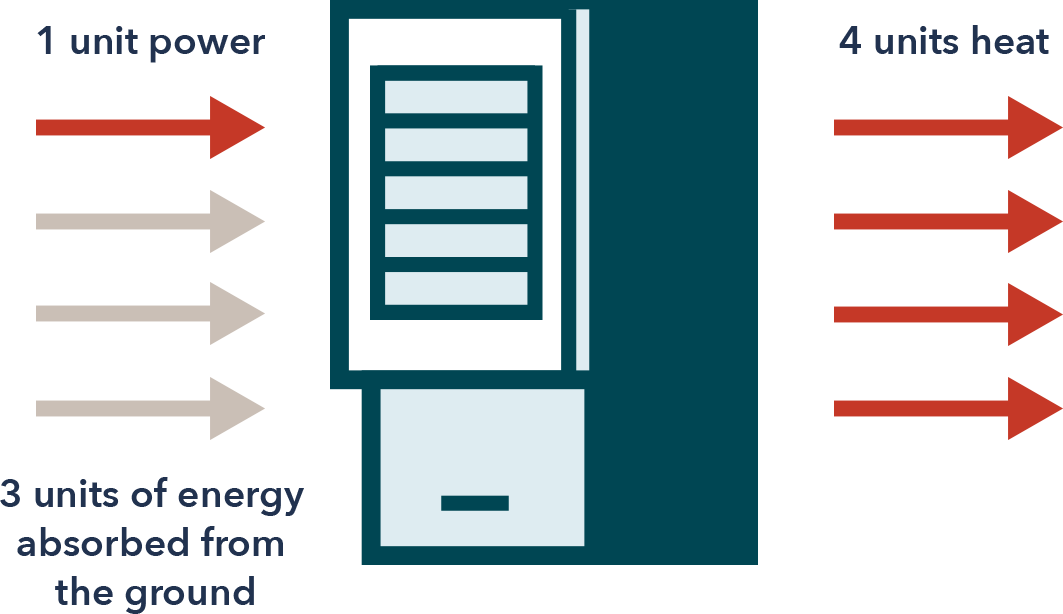
This practice, known as thermostat setback, often saves money and energy when operating a fossil fuel furnace. But a geothermal system will run most efficiently when the thermostat is kept at a single temperature set point throughout the day. Electric usage will increase with geothermal in winter months, but the additional cost won’t be divided equally throughout the year. Because your electric bill will be lower in the summer than you paid previously, you’ll be spending less money overall than when heating and cooling with a conventional system.


